As parents become more and more desperate in naming their newborns, might I suggest using four names rather than three.
It seems to me that naming a child is of control. First parents started mutilating the spelling of a name. Look at Britany, Brittanee, Brittaney, Brittani, Brittanie, Brittanni, Brittannie, Brittanny, Brittenee, Britteney, Brittenie, Britteny, Brittiney, Brittiny, Bryttany, Britanny, Brittknee, Britknee, and Britianee.
In an attempt to provide a unique name, parents have become desperate enough to resort to using names of fruits, numbers, action heroes, and electronic devices. Do you really want to be able to say, "My best friend's name is Fruitcake," knowing it's not a nickname?
I have a theory that requires a little review of the past and I think I have a basis for using four names.
Centuries ago, between 500 and 700 Slavic tribes settled in central and eastern Europe. I imagine these settlements as being large family groups that formed small communities where people had only one name, like John, Mildred, Standish, or Willow. Quite possibly, each was the only one in the area with that name, therefore, only one name was necessary.
There were occasions where a child named Peter might be identified as John's son, or Peter Johnson. So a second name became common. If a person traveled from where they were born to another location they might be known as the person from that city. Remember Helen of Troy. Or they could take on an identity associated with their occupation, like Baker, Blacksmith, Gardner, Farmer, or Weaver. So Willow the Weaver turns into Willow Weaver.
Another family might be associated with their surroundings, like Johnson who lived in the white house, or Johnson White. There could be Lily Cook, Philip de Wike, Ned Shepherd, or thousands of other combinations. Passing a given name down through generations created the numbering, as in Thomas Weeks, IV.
With two names, a person could feel unique and be identified by friends and described by acquaintances.
Eventually, as the population grew, duplicate names were found, but this was still okay as long and most of society was immobile.
When women from prominent families married, they wanted to remain known as part of their parent's family. So, Mary Goldsmith didn't just become Mary Baker, she called herself Mary Goldsmith Baker. And the use of three names was established. Or maybe three names came of MaryJo Black becoming Mary Jo Black.
Or could it have been when brothers James Witherspoon and John Witherspoon both named their sons after their father Thomas? One became Thomas James Witherspoon and the other was known as Thomas John Witherspoon.
Currently, there are over 2 million Thomas Witherspoons just in the United States. How does one tell them apart? As the world population continues to increase, I recommend we start using four names for our children.
We don't have to go as far as the Royals: Prince William Arthur Philip Louis, Duke of Cambridge. All that and it still doesn't tell you William belongs to the Royal Family of Windsor (although he doesn't have an official last name) and is a descendant of William the Conqueror. For his military service, he uses the name William Wales and if a surname is used, it's Mountbatten-Windsor. How confusing is that?
Shall we name the next girl Rachael Olivia Savannah Ells and we can call her ROSE for short?
Tuesday, May 15, 2012
Subscribe to:
Post Comments (Atom)
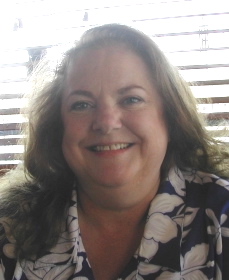
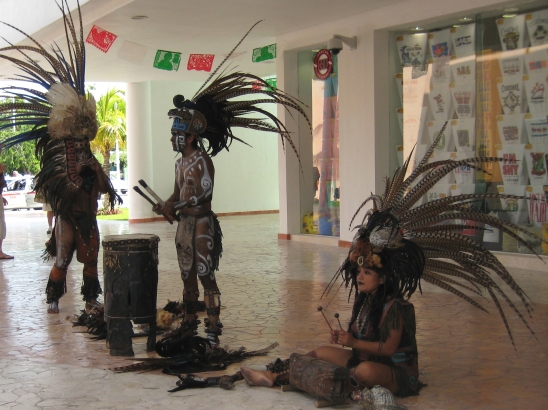
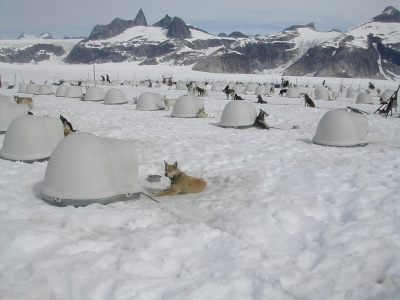
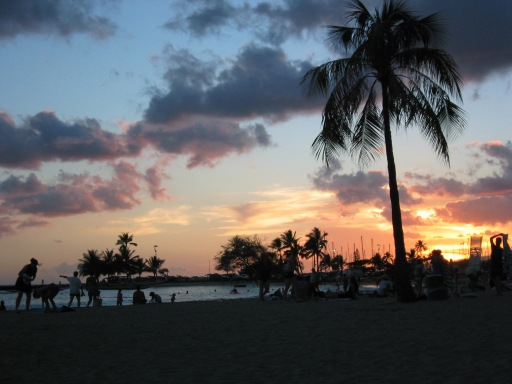

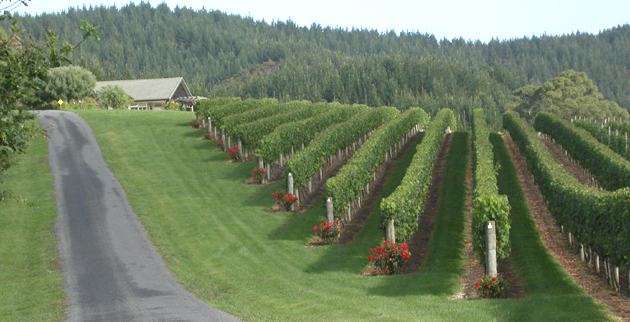

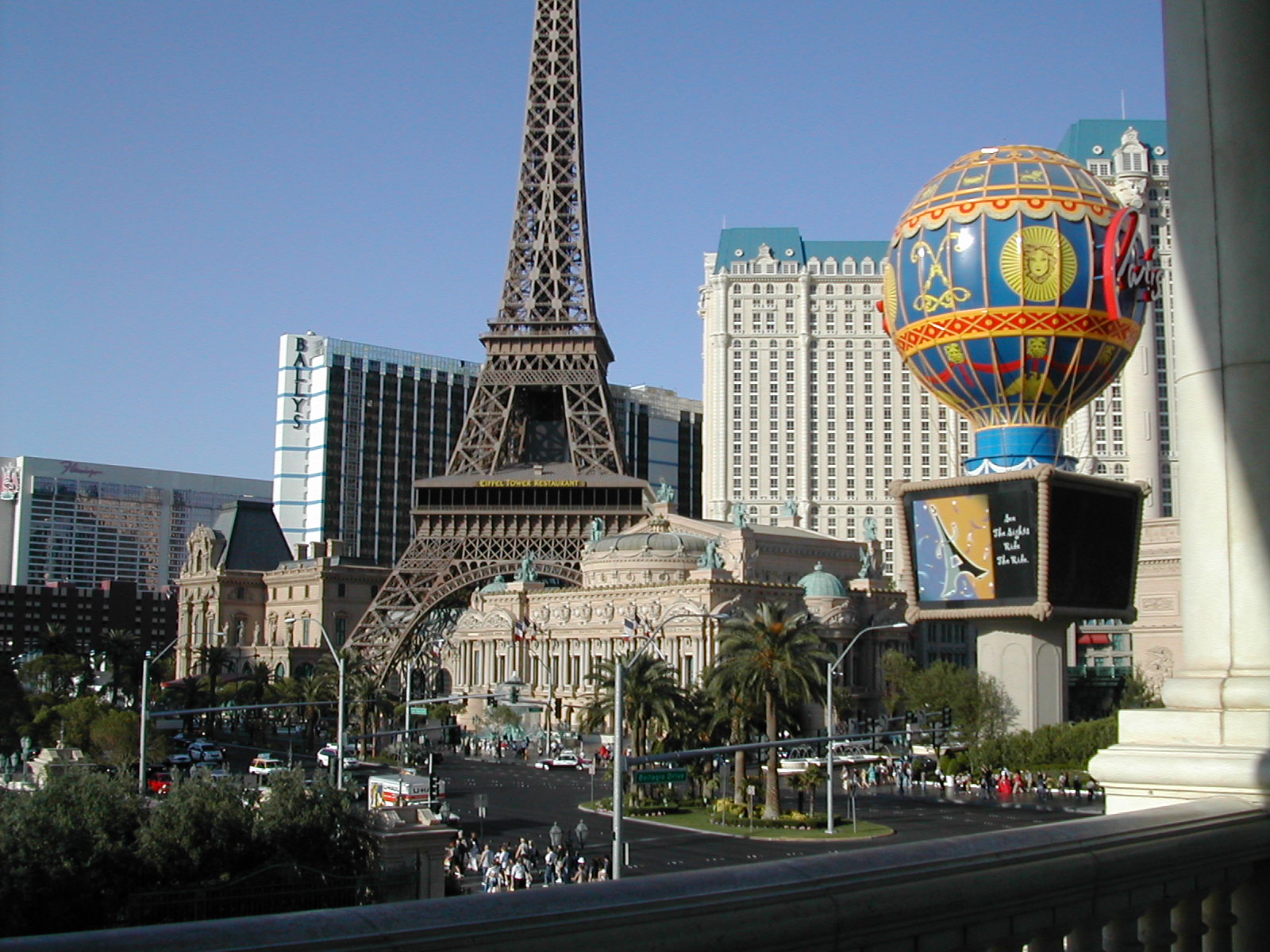
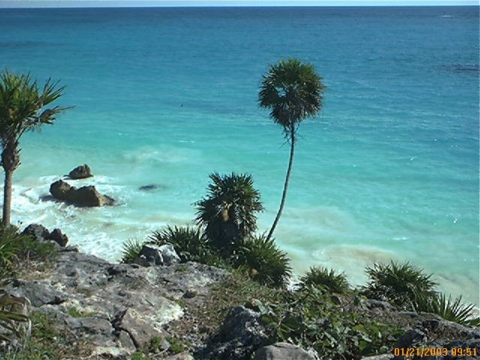


No comments:
Post a Comment